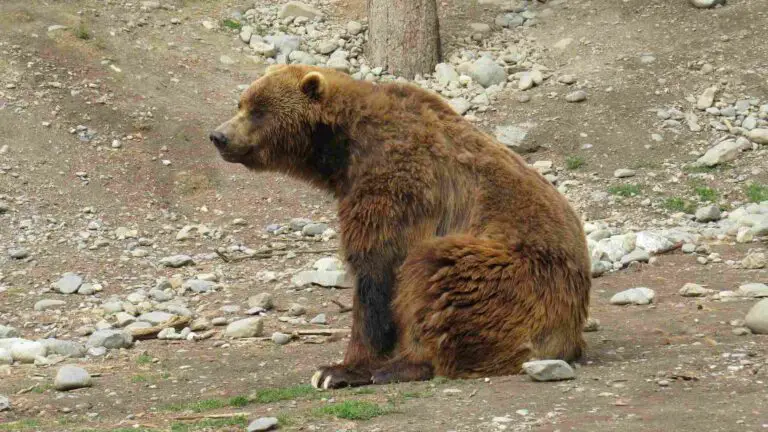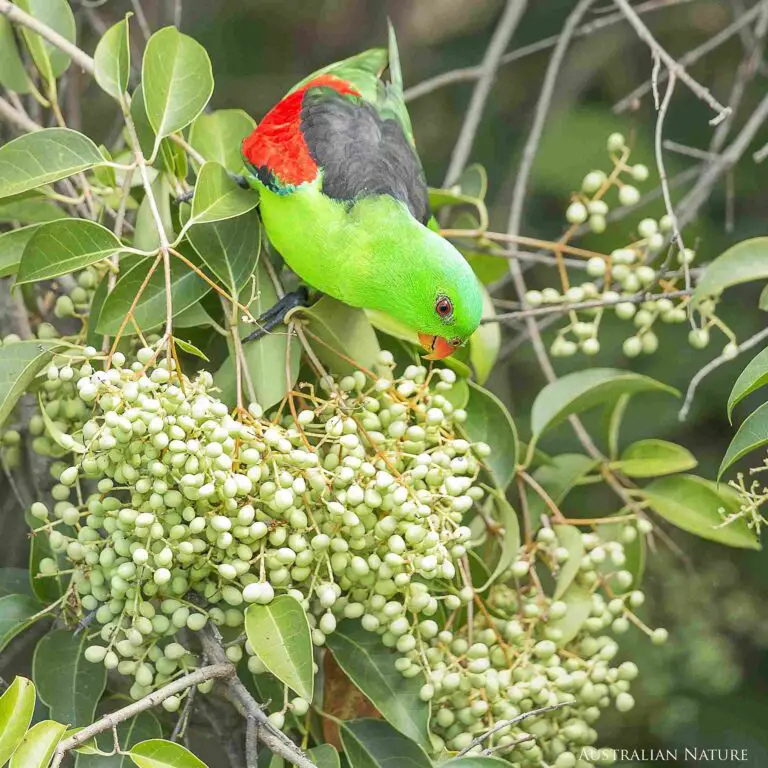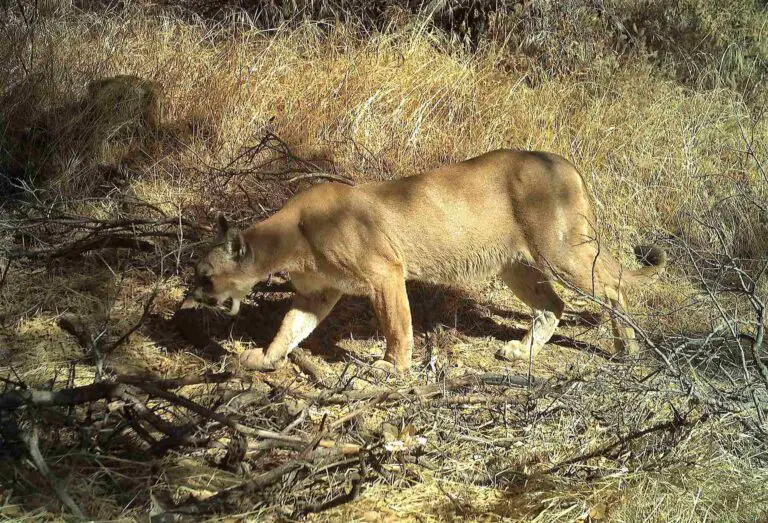21+ Animals That Can Fly, and Their Features Discussed
Some animals that can fly are; ballooning spiders, bats, bees, birds, butterflies, colugos, dragonflies, Draco lizards, flying fish, flying foxes, flying geckos, flying lemurs, flying snakes, flying squirrels, hoverflies, hummingbirds, various insects, ladybugs, moths, paradise tree snakes, pterosaurs, Quetzalcoatlus, seagulls, sparrows, swallows, swifts, wandering albatrosses, and Wallace’s flying frogs.
*Tabulated Summary of Key Points
| Animal | Features |
| Ballooning Spiders |
Silk-producing spinnerets, global distribution, adaptability to various climates and ecosystems.
|
| Bats |
True flight, diverse sizes and diets, echolocation for navigation, found worldwide in various habitats.
|
| Bees |
Branched body hairs, specialized body segments, important pollinators, found on every continent except Antarctica.
|
| Butterflies |
Large, colorful wings with scales, complete metamorphosis, diverse habitats worldwide.
|
| Colugos (Flying Lemurs) |
Patagium for gliding, large eyes for night vision, herbivores, native to Southeast Asia’s tropical rainforests.
|
| Dragonflies |
Large, multifaceted eyes, strong flight, two pairs of transparent wings, found worldwide in diverse ecosystems.
|
| Draco Lizard |
Gliding adaptation with patagia, arboreal, Southeast Asia’s tropical rainforests.
|
| Flying Fish |
Large pectoral fins for leaping and gliding, inhabit warm oceanic waters worldwide.
|
| Flying Geckos |
Patagium for gliding, adhesive toe pads, Southeast Asia’s tropical rainforests.
|
| Flying Lemurs (Colugos) |
Patagium for gliding, large eyes for night vision, herbivores, native to Southeast Asia.
|
| Flying Squirrels |
Patagium for gliding, bushy tails, arboreal, found in various habitats globally.
|
| Hoverflies |
Hovering ability, important pollinators, found in gardens, meadows, and agricultural areas.
|
| Hummingbirds |
Vibrant plumage, rapid wing beats, hovering abilities, important pollinators, native to the Americas.
|
| Ladybugs |
Rounded bodies with spots, beneficial insects for pest control, found worldwide.
|
| Moths |
Nocturnal, feathery antennae, diverse habitats worldwide, undergo complete metamorphosis.
|
| Paradise Tree Snake |
Slim bodies, gliding with flattened bodies, Southeast Asia’s tropical rainforests.
|
| Seagulls |
Medium to large size, long wings, adaptable to coastal and inland environments, found globally.
|
| Sparrows |
Small with chunky bodies, adaptable to urban environments, found globally.
|
| Swallows |
Slender bodies with long wings and forked tails, agile fliers, found on every continent except Antarctica.
|
| Swifts |
Slender bodies, rapid and sustained flight, found worldwide in various environments.
|
| Wandering Albatross |
Large seabirds with long wingspans, exceptional gliding abilities, found in the Southern Ocean.
|
| Wasps |
Slender bodies, bright warning colors, two pairs of wings, found worldwide in various environments.
|
| Wallace’s Flying Frog |
Webbed feet and skin flaps for gliding, arboreal, vibrant coloration, native to Southeast Asia.
|
1. Ballooning Spiders:
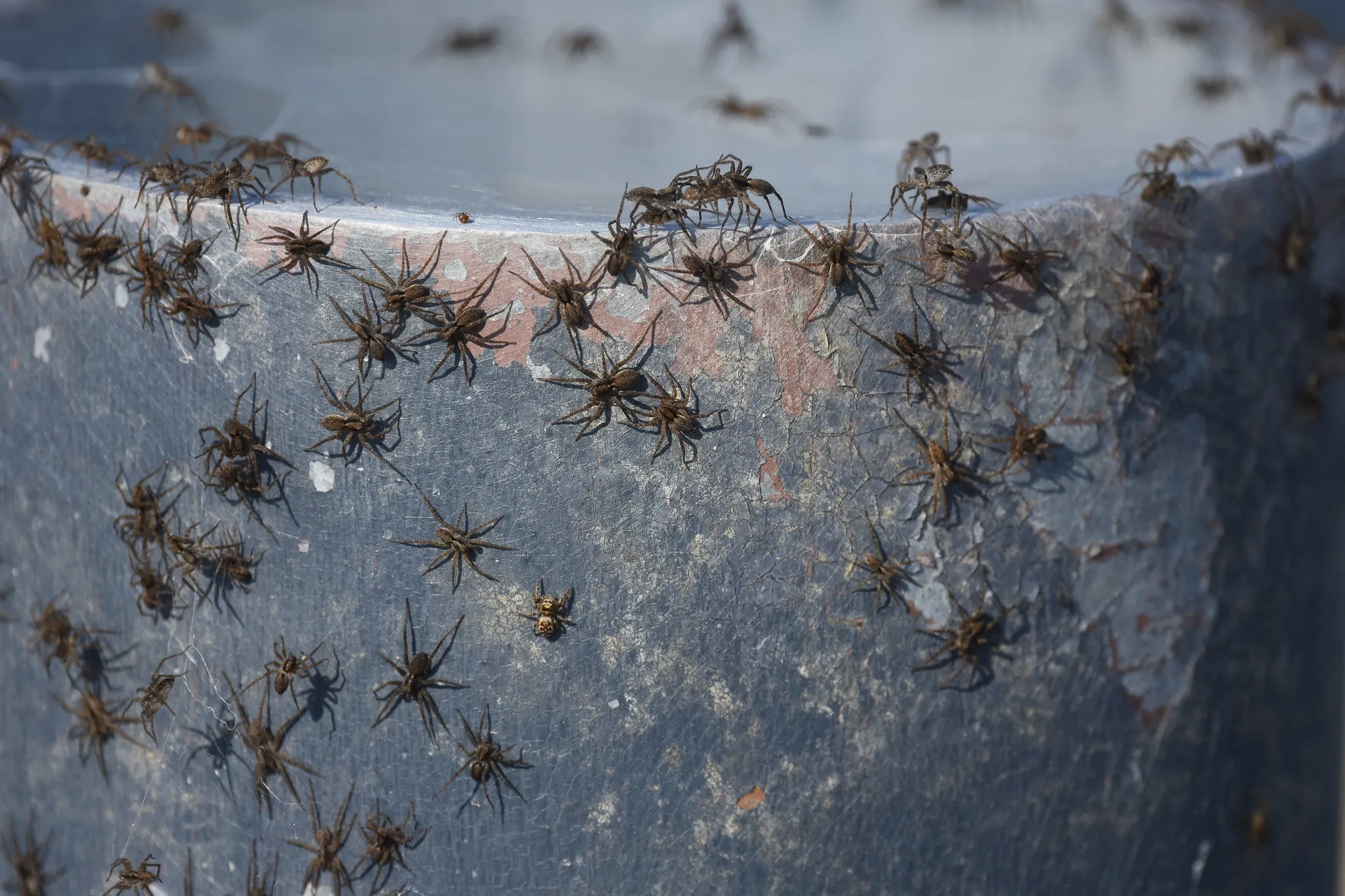
Taxonomy: Ballooning spiders belong to the order Araneae, class Arachnida, and phylum Arthropoda. Within this diverse group, specific species utilize a unique behavior known as ballooning for dispersal.
Features: These spiders are characterized by their silk-producing spinnerets, which play a crucial role in the ballooning process. Ballooning involves releasing silk threads into the air, enabling the spider to be carried by the wind. They are generally small and have a wide distribution across various ecosystems.
Habitat/Geographic Region: Ballooning spiders are found globally, inhabiting diverse environments ranging from forests and grasslands to urban areas. This remarkable dispersal mechanism allows them to colonize new areas, and their presence can be observed on continents worldwide. The spiders adapt to different climates, showcasing their resilience and adaptability.
2. Bats:
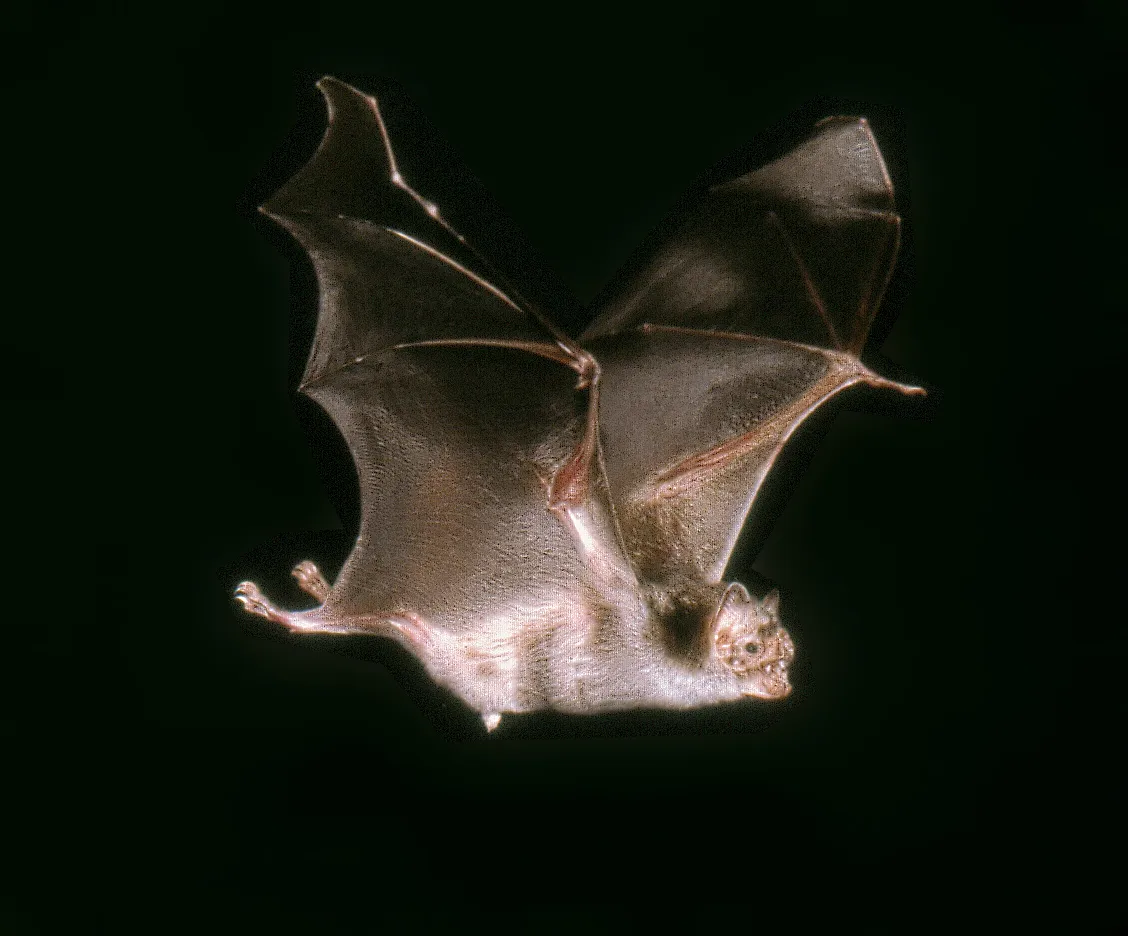
Taxonomy: Bats belong to the order Chiroptera, which is further divided into two suborders: Megachiroptera (large fruit bats) and Microchiroptera (small insect-eating bats). They are mammals and fall under the class Mammalia.
Features: Bats are characterized by their wings, which are modified forelimbs, allowing for true flight. They are the only mammals capable of sustained flight. Bats have a diverse range of adaptations, including echolocation for navigation and locating prey, and they exhibit a wide variety of sizes and diets.
Habitat/Geographic Region: Bats are found worldwide, occupying diverse habitats such as caves, forests, deserts, and urban areas. Their distribution is extensive, showcasing adaptability to various climates and ecosystems.
3. Bees:
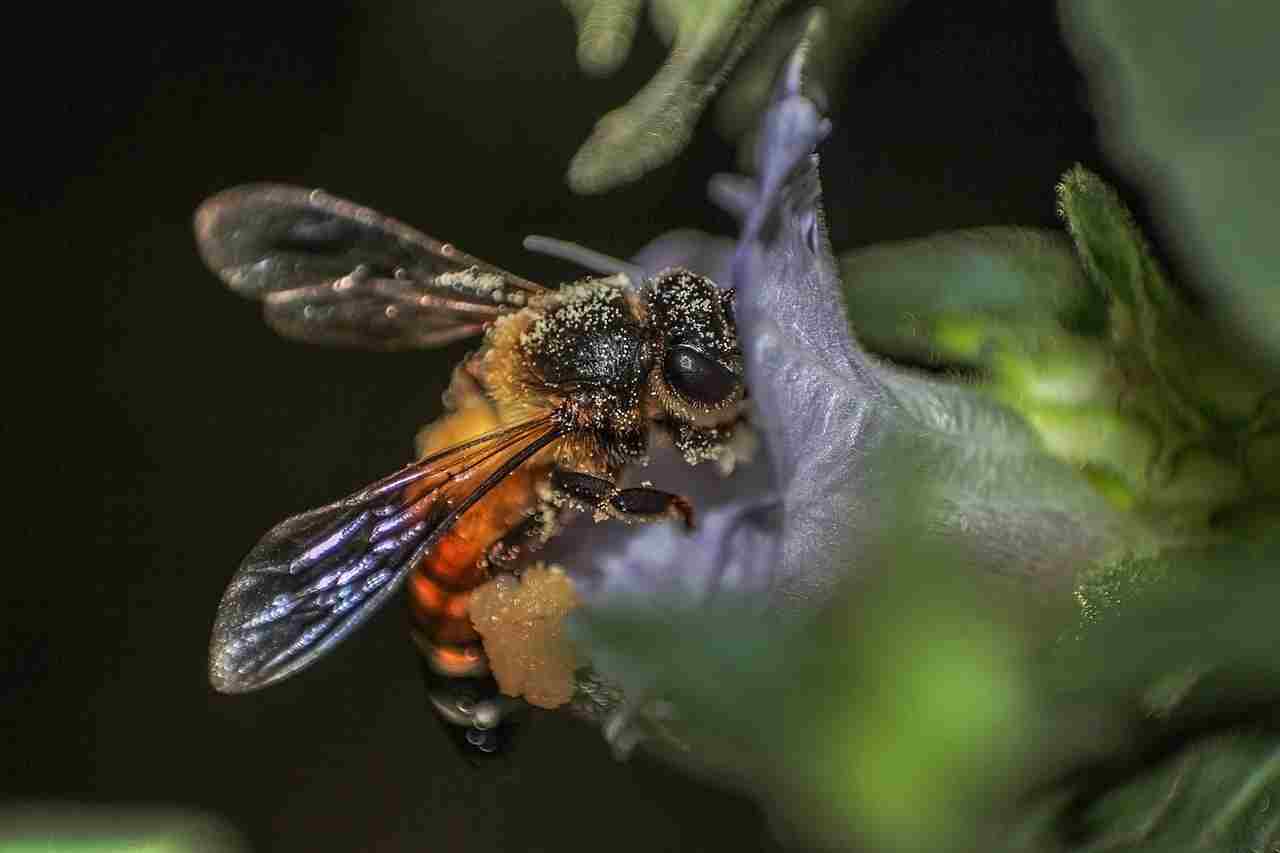
Taxonomy: Bees are members of the order Hymenoptera, which also includes ants and wasps. They belong to the class Insecta.
Features: Bees are characterized by their branched body hairs, specialized body segments, and the presence of two pairs of wings. Most bees are known for their role in pollination, and some species exhibit complex social structures within colonies.
Habitat/Geographic Region: Bees can be found on every continent except Antarctica. They are highly adaptable and inhabit diverse ecosystems, including meadows, gardens, forests, and urban areas, where they play a crucial role in pollination.
4. Butterflies:
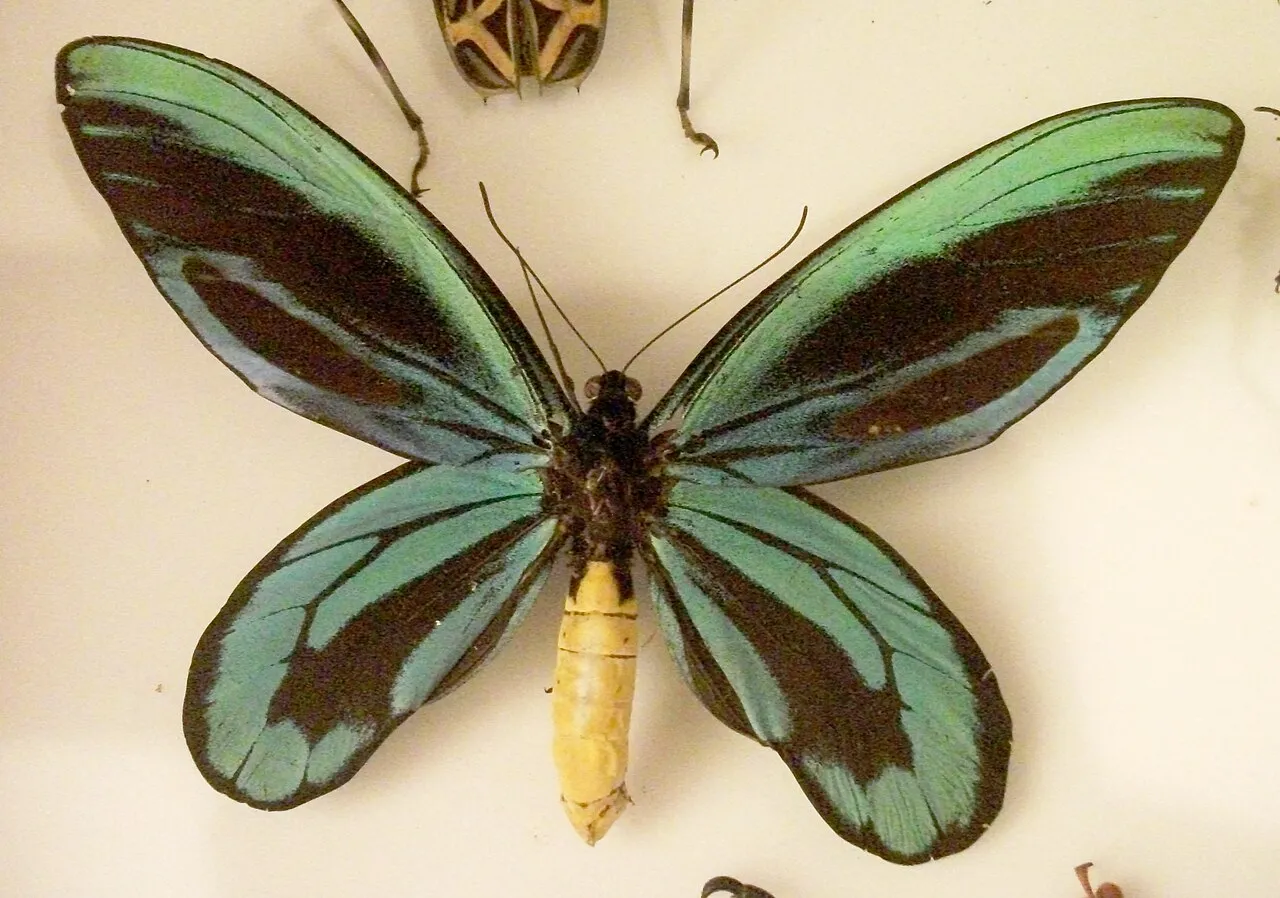
Taxonomy: Butterflies are members of the order Lepidoptera, which also includes moths. They belong to the class Insecta.
Features: Butterflies are characterized by their large, colorful wings covered with scales. They undergo complete metamorphosis, with distinct larval, pupal, and adult stages. The proboscis, a coiled tube for feeding on nectar, is a notable feature.
Habitat/Geographic Region: Butterflies inhabit a wide range of environments, from tropical rainforests to arctic tundras. They are found on every continent except Antarctica, showcasing diverse adaptations to different climates and vegetation types.
5. Colugos:
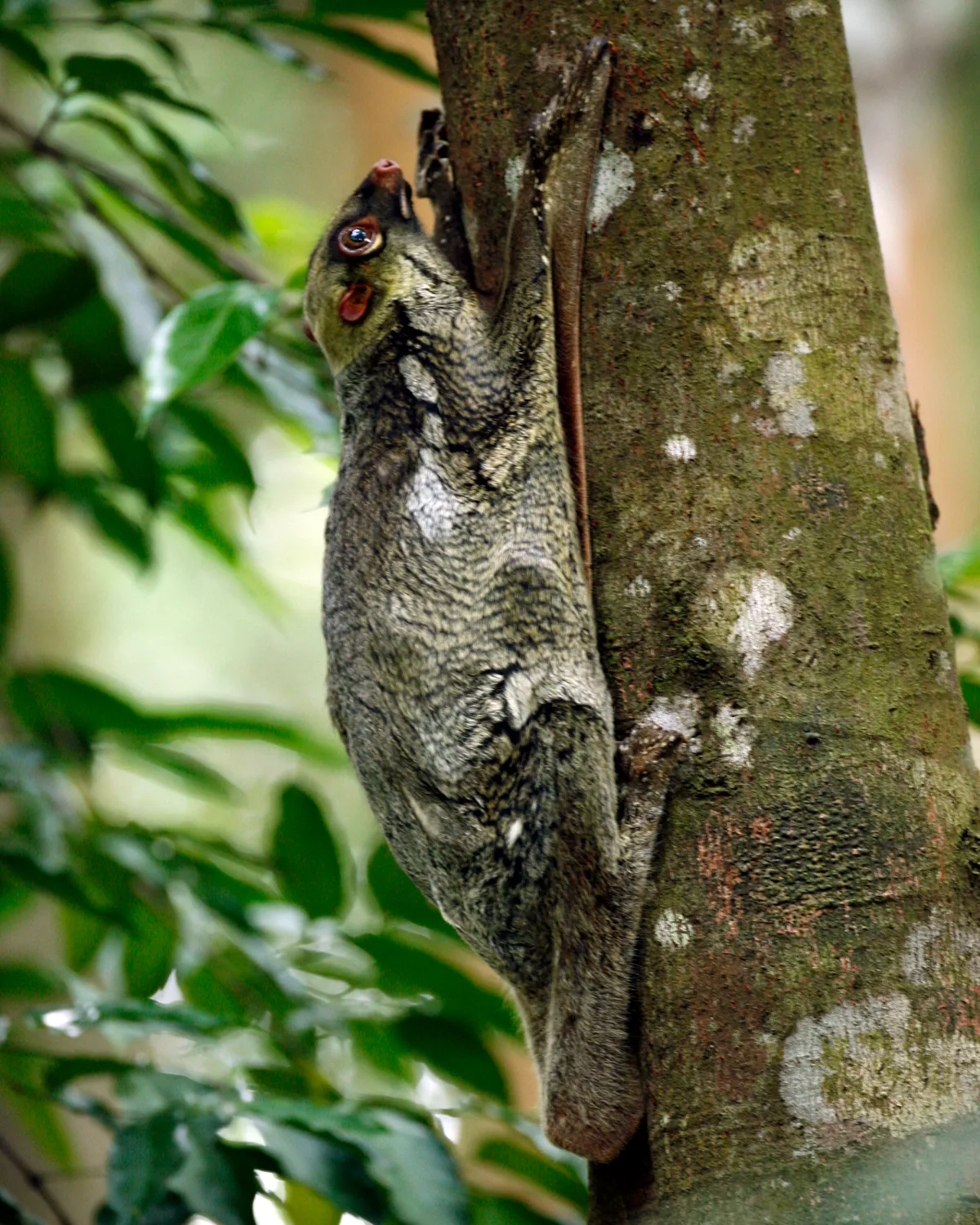
Taxonomy: Colugos belong to the order Dermoptera, making them close relatives to primates. They are classified under the class Mammalia.
Features: Colugos possess a unique patagium, a membrane that extends between their limbs, allowing them to glide over long distances. They have large eyes adapted for nocturnal vision and are arboreal, spending most of their lives in trees.
Habitat/Geographic Region: Colugos are native to Southeast Asia, including regions like Malaysia, Indonesia, and the Philippines. They inhabit tropical rainforests and are well adapted to arboreal life, utilizing their gliding ability for efficient movement between trees.
6. Dragonflies:
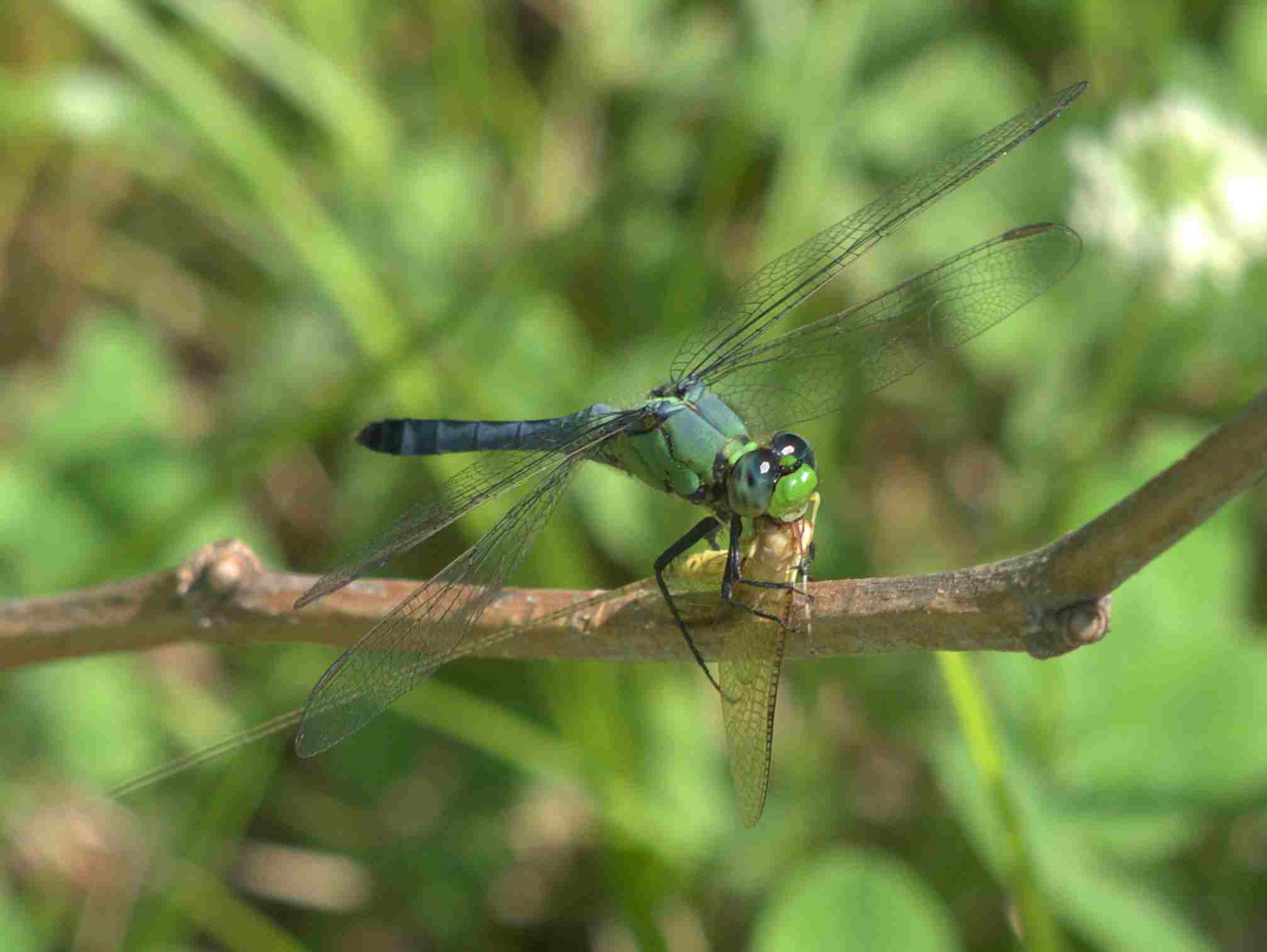
Taxonomy: Dragonflies belong to the order Odonata, which also includes damselflies. They are classified under the class Insecta.
Features: Dragonflies are characterized by their large, multifaceted eyes, strong and agile flight capabilities, and elongated bodies. They have two pairs of transparent wings and are known for their impressive hunting skills, preying on other insects during flight.
Habitat/Geographic Region: Dragonflies are found worldwide, inhabiting diverse aquatic environments such as ponds, lakes, and streams during their larval stage. As adults, they can be observed in various ecosystems, including forests, meadows, and urban areas.
7. Draco Lizard:
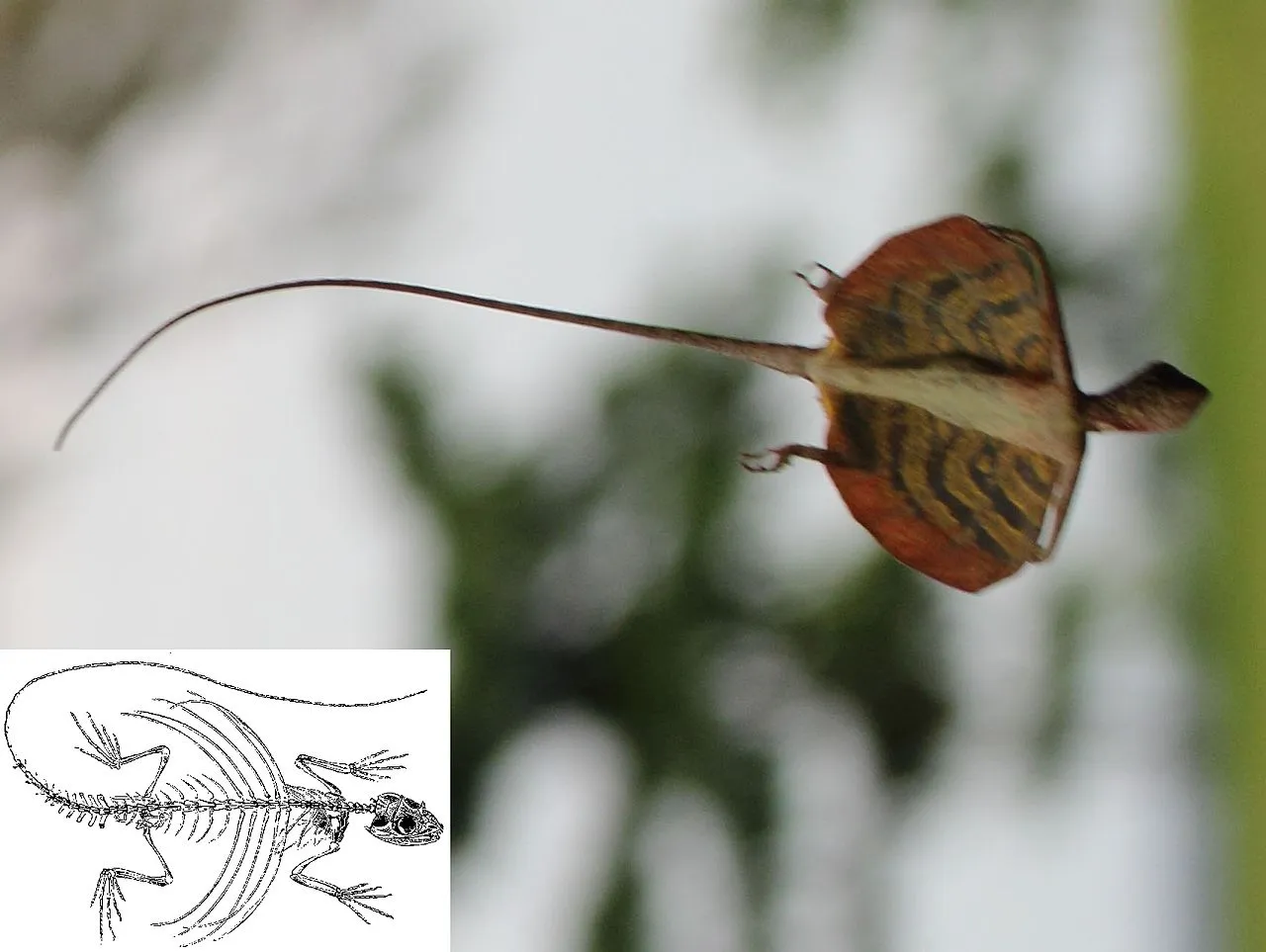
Taxonomy: The Draco lizard, also known as the flying lizard, belongs to the order Squamata, suborder Iguania. They are classified under the class Reptilia.
Features: Draco lizards are recognized for their gliding adaptations, possessing wing-like structures supported by elongated ribs. These structures, also called patagia, enable them to glide between trees. They have arboreal lifestyles, and their coloration often provides effective camouflage.
Habitat/Geographic Region: Draco lizards are primarily found in Southeast Asia, including countries like Malaysia, Indonesia, and the Philippines. They inhabit tropical rainforests, where their gliding abilities aid in navigating the canopy.
8. Flying Fish:
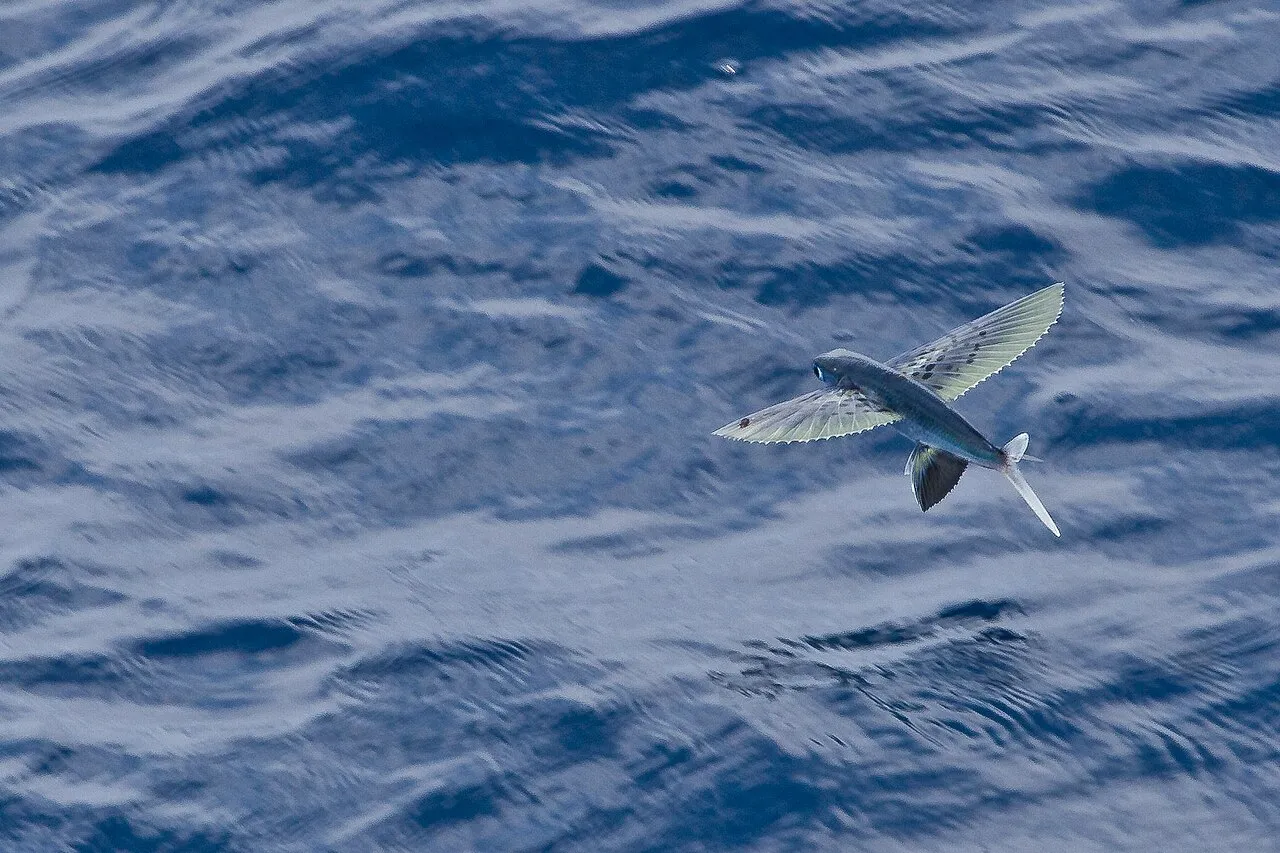
Taxonomy: Flying fish belong to the family Exocoetidae within the order Beloniformes. They are classified under the class Actinopterygii.
Features: Flying fish have large pectoral fins that enable them to leap out of the water and glide for considerable distances. Their streamlined bodies and specialized fins contribute to their ability to “fly” above the water surface, providing a means of escaping predators.
Habitat/Geographic Region: Flying fish are primarily found in warm oceanic waters worldwide. They inhabit tropical and subtropical regions, where their unique locomotion strategy helps them evade predators like larger fish and marine mammals.
9. Flying Geckos:
Taxonomy: Flying geckos belong to the family Gekkonidae within the order Squamata. They are classified under the class Reptilia.
Features: Flying geckos have a patagium, a membrane between their limbs, allowing them to glide between trees. They are characterized by adhesive toe pads, aiding in climbing and gliding. Their ability to glide is a crucial adaptation for efficient movement in their arboreal habitats.
Habitat/Geographic Region: Flying geckos are native to Southeast Asia, including regions like Malaysia, Thailand, and Indonesia. They inhabit tropical rainforests and are well adapted to arboreal life, using their gliding ability for both hunting and avoiding predators.
10. Flying Lemurs:
Taxonomy: Flying lemurs, also known as colugos, belong to the order Dermoptera. They are classified under the class Mammalia.
Features: Flying lemurs have a patagium, a gliding membrane that extends between their limbs and tail, allowing them to glide over long distances. They have large eyes adapted for night vision and are herbivores, primarily feeding on leaves, fruits, and sap.
Habitat/Geographic Region: Flying lemurs are native to Southeast Asia, inhabiting tropical rainforests in countries like Malaysia, Indonesia, and the Philippines. They are arboreal creatures, spending most of their lives in trees.
11. Flying Squirrels:
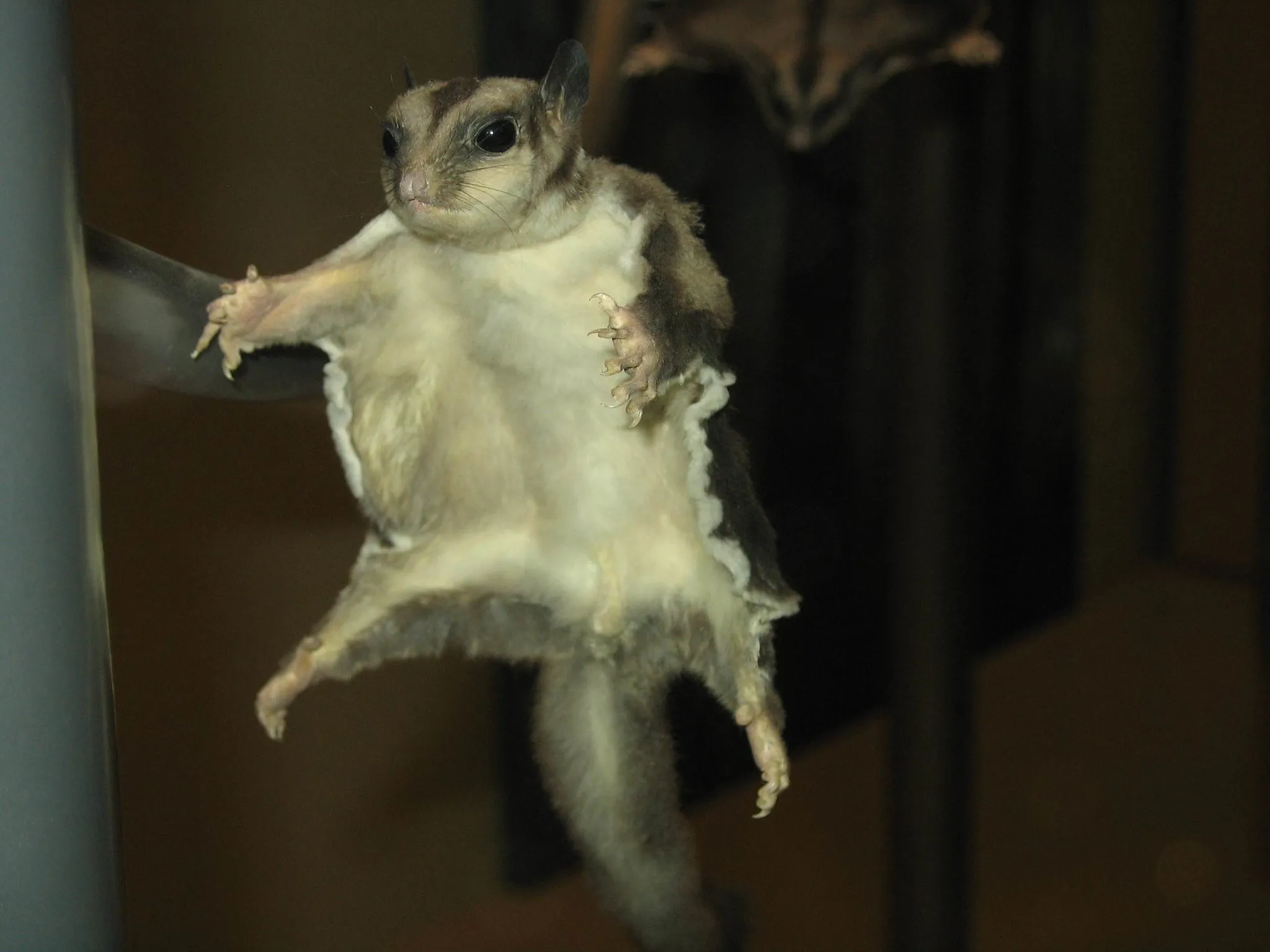
Taxonomy: Flying squirrels belong to the family Sciuridae within the order Rodentia. They are classified under the class Mammalia.
Features: Flying squirrels have a patagium, a stretch of skin between their forelimbs and hindlimbs, enabling them to glide through the air. They are characterized by their large eyes, bushy tails, and strong hindlimbs. Despite the name, they do not truly fly but rather glide.
Habitat/Geographic Region: Flying squirrels are found in various habitats worldwide, including forests and woodlands. They are adaptable to different climates and are often observed in North America, Europe, Asia, and parts of Africa.
12. Hoverflies:
Taxonomy: Hoverflies belong to the family Syrphidae within the order Diptera. They are classified under the class Insecta.
Features: Hoverflies are characterized by their ability to hover in mid-air, thanks to rapid wing beats. They often mimic the appearance of bees or wasps for protection. Hoverflies are important pollinators and play a role in pest control as their larvae feed on aphids.
Habitat/Geographic Region: Hoverflies are found in diverse habitats worldwide, including gardens, meadows, and agricultural areas. They are particularly attracted to flowers and play a crucial role in pollination.
13. Hummingbirds:
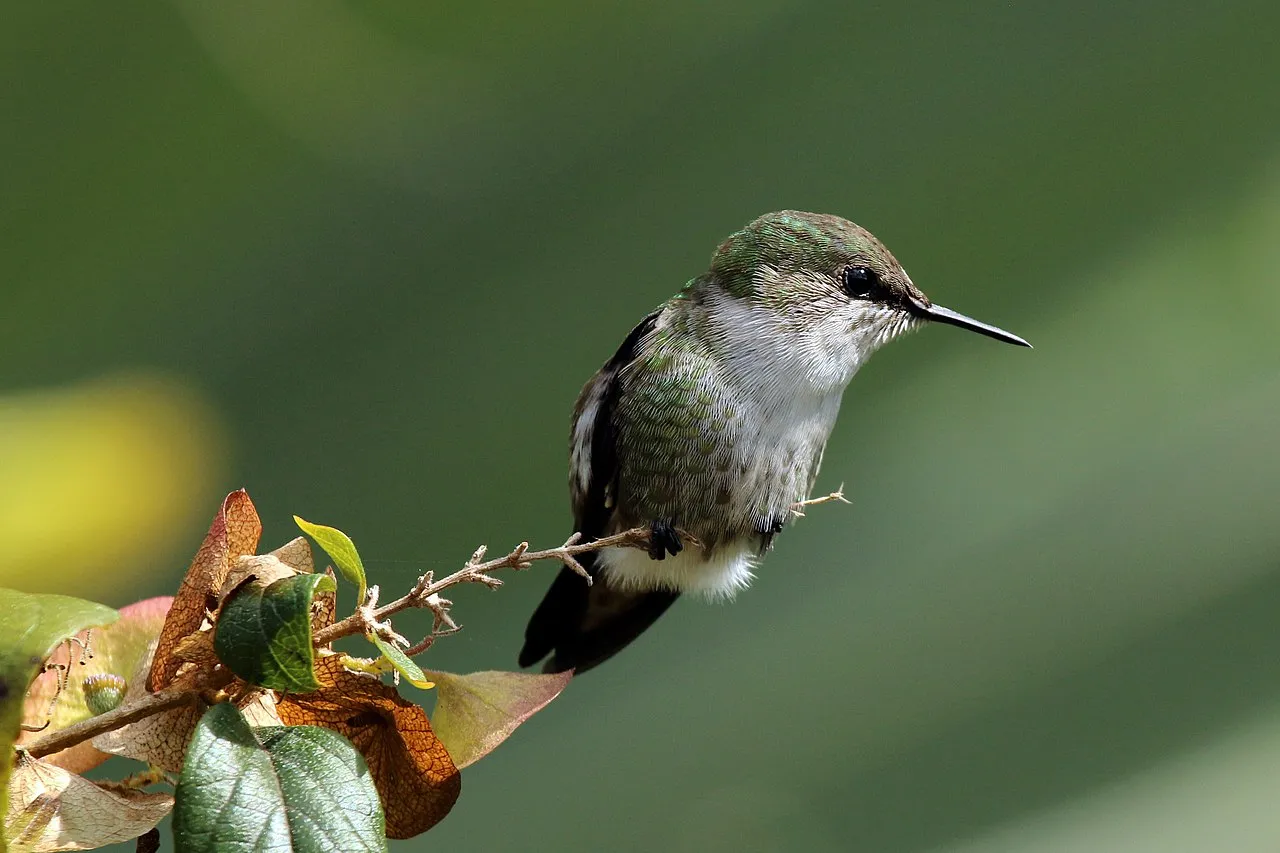
Taxonomy: Hummingbirds belong to the family Trochilidae within the order Apodiformes. They are classified under the class Aves.
Features: Hummingbirds are characterized by their vibrant plumage, rapid wing beats, and hovering abilities. They have long bills and specialized tongues for feeding on nectar. Hummingbirds are known for their exceptional flight skills and high metabolism.
Habitat/Geographic Region: Hummingbirds are native to the Americas, from Alaska to Tierra del Fuego. They inhabit a variety of ecosystems, including forests, meadows, and gardens, where they feed on nectar from flowers and play a crucial role in pollination.
14. Ladybugs:
Taxonomy: Ladybugs, also known as ladybirds or lady beetles, belong to the family Coccinellidae within the order Coleoptera. They are classified under the class Insecta.
Features: Ladybugs are characterized by their rounded, dome-shaped bodies and vibrant colors, often featuring spots. They are beneficial insects, feeding on aphids and other pests. Ladybugs are capable of short flights and use their wings to move between plants.
Habitat/Geographic Region: Ladybugs are found worldwide, inhabiting various environments, including gardens, meadows, and agricultural fields. They play a vital role in natural pest control by consuming aphids and other harmful insects.
15. Moths:
Taxonomy: Moths belong to the order Lepidoptera, which also includes butterflies. They are classified under the class Insecta.
Features: Moths are characterized by their antennae, which are typically feathery, and their generally duller-colored wings compared to butterflies. Many moths are nocturnal, and they often have specialized mouthparts for feeding on nectar or other liquids.
Habitat/Geographic Region: Moths are found in diverse habitats worldwide, ranging from tropical rainforests to arctic tundras. They are adaptable to various climates and are active during different times of the day, with some being diurnal while others are nocturnal.
16. Paradise Tree Snake:
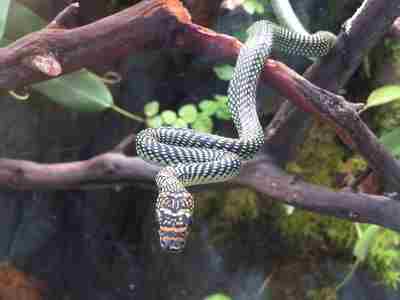
Taxonomy: The Paradise Tree Snake belongs to the family Colubridae within the order Squamata. They are classified under the class Reptilia.
Features: Paradise Tree Snakes are characterized by their slender bodies, long tails, and the ability to glide from tree to tree. They have flattened bodies, enabling them to move through the air efficiently. Their coloration provides effective camouflage in the trees.
Habitat/Geographic Region: Paradise Tree Snakes are native to Southeast Asia, including regions like Malaysia, Indonesia, and the Philippines. They inhabit tropical rainforests, where their gliding abilities aid in hunting and navigating the canopy.
17. Seagulls:
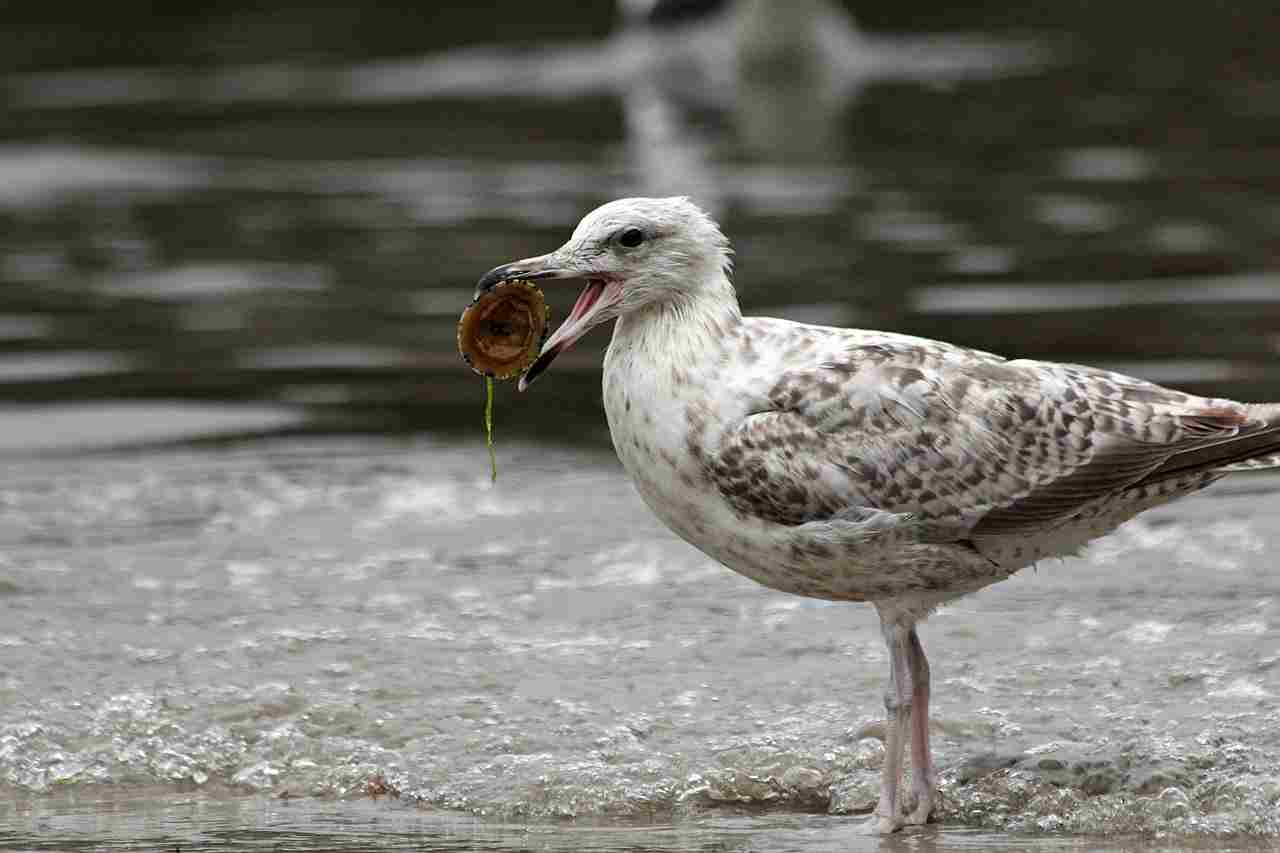
Taxonomy: Seagulls, commonly referred to as gulls, belong to the family Laridae within the order Charadriiformes. They are classified under the class Aves.
Features: Seagulls are characterized by their medium to large size, long wings, and strong bills. They are highly adaptable birds, often found in coastal areas, lakes, and even urban environments. Seagulls have a diverse diet, including fish, insects, and scavenged food.
Habitat/Geographic Region: Seagulls have a global distribution, being found near coastlines, lakes, and inland water bodies. They are adaptable to a variety of habitats, from beaches and cliffs to cities, where they thrive in diverse environmental conditions.
18. Sparrows:
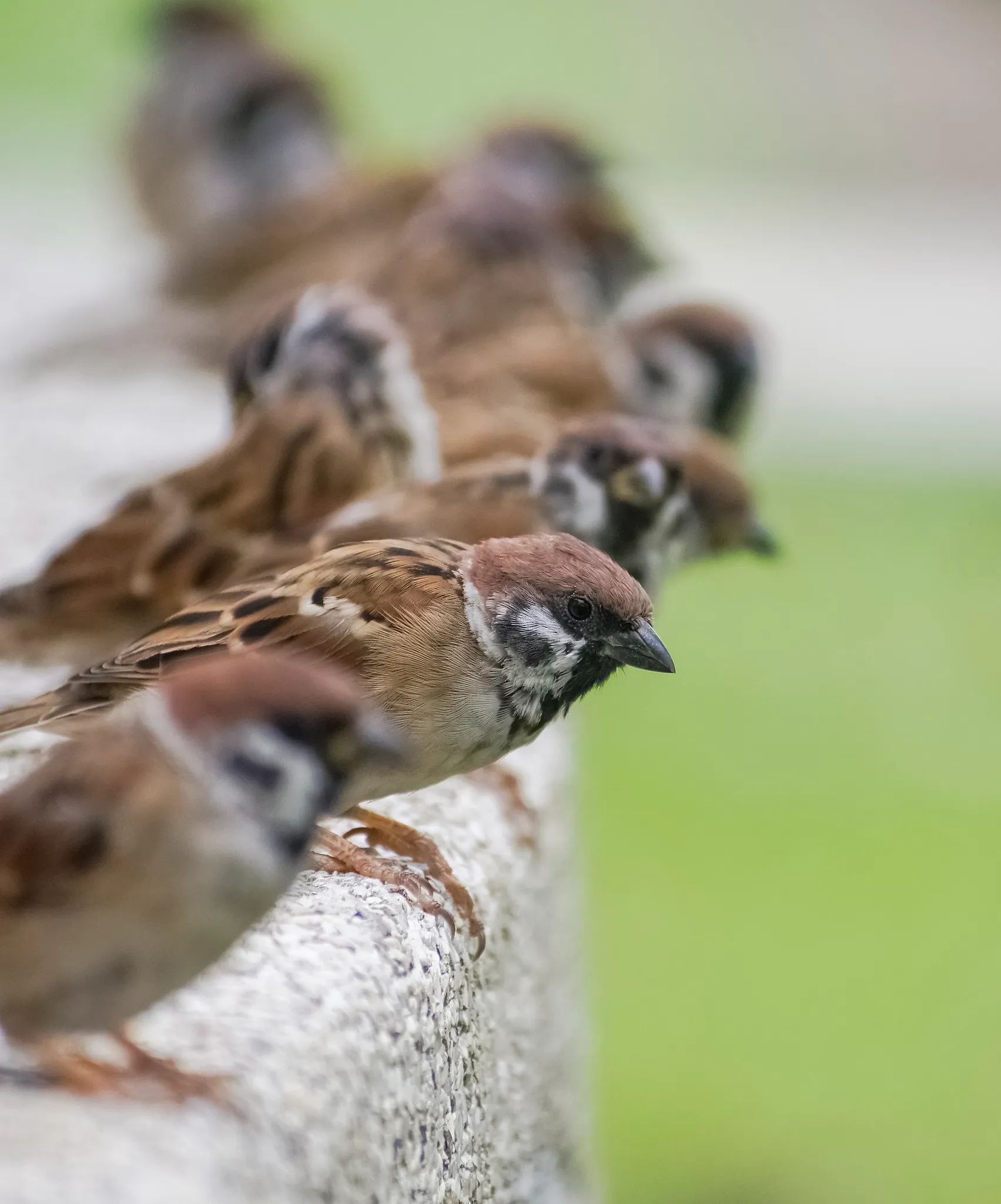
Taxonomy: Sparrows belong to the family Passeridae within the order Passeriformes. They are classified under the class Aves.
Features: Sparrows are small birds with chunky bodies, short tails, and strong, conical bills. They often have brown or gray plumage, and some species exhibit sexual dimorphism in coloration. Sparrows are known for their adaptability to urban environments.
Habitat/Geographic Region: Sparrows have a widespread distribution, inhabiting a variety of environments globally. They are commonly found in cities, towns, grasslands, and agricultural areas, showcasing their ability to thrive in different landscapes.
19. Swallows:
Taxonomy: Swallows belong to the family Hirundinidae within the order Passeriformes. They are classified under the class Aves.
Features: Swallows are characterized by their slender bodies, long wings, and forked tails. They are agile fliers, often catching insects in flight. Swallows have adapted to aerial feeding and have strong, pointed wings for efficient maneuverability.
Habitat/Geographic Region: Swallows are found on every continent except Antarctica. They inhabit diverse environments, including open fields, wetlands, and coastal areas. Many species migrate over long distances, covering thousands of kilometers during seasonal movements.
20. Swifts:
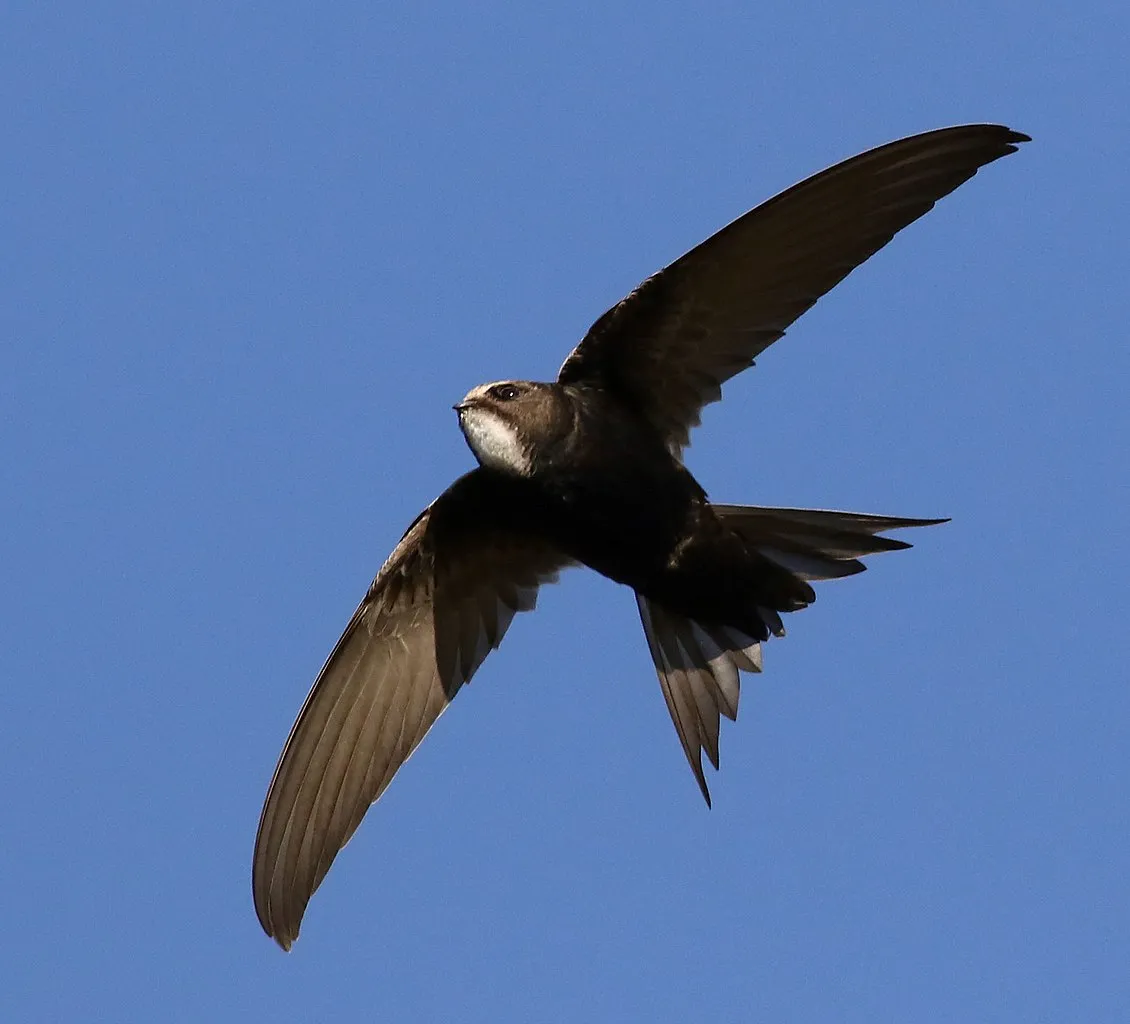
Taxonomy: Swifts belong to the family Apodidae within the order Caprimulgiformes. They are classified under the class Aves.
Features: Swifts are characterized by their slender bodies, long wings, and rapid, sustained flight. They have short bills and strong, agile flight capabilities. Swifts are known for their ability to spend extended periods in the air without perching.
Habitat/Geographic Region: Swifts are found worldwide, inhabiting various environments from forests to urban areas. They are often associated with open skies, where they catch insects during flight. Some species also undertake long-distance migrations.
21. Wandering Albatross:
Taxonomy: The Wandering Albatross belongs to the family Diomedeidae within the order Procellariiformes. They are classified under the class Aves.
Features: Wandering Albatrosses are large seabirds with long wingspans, known for their exceptional gliding abilities. They have a distinctive white plumage and are adapted to a life at sea. These birds are highly efficient in long-distance flight and are capable of traveling vast distances over the open ocean.
Habitat/Geographic Region: Wandering Albatrosses are primarily found in the Southern Ocean, with breeding colonies on subantarctic islands. They spend a significant portion of their lives in flight over the open seas, covering extensive areas in search of food.
22. Wasps:
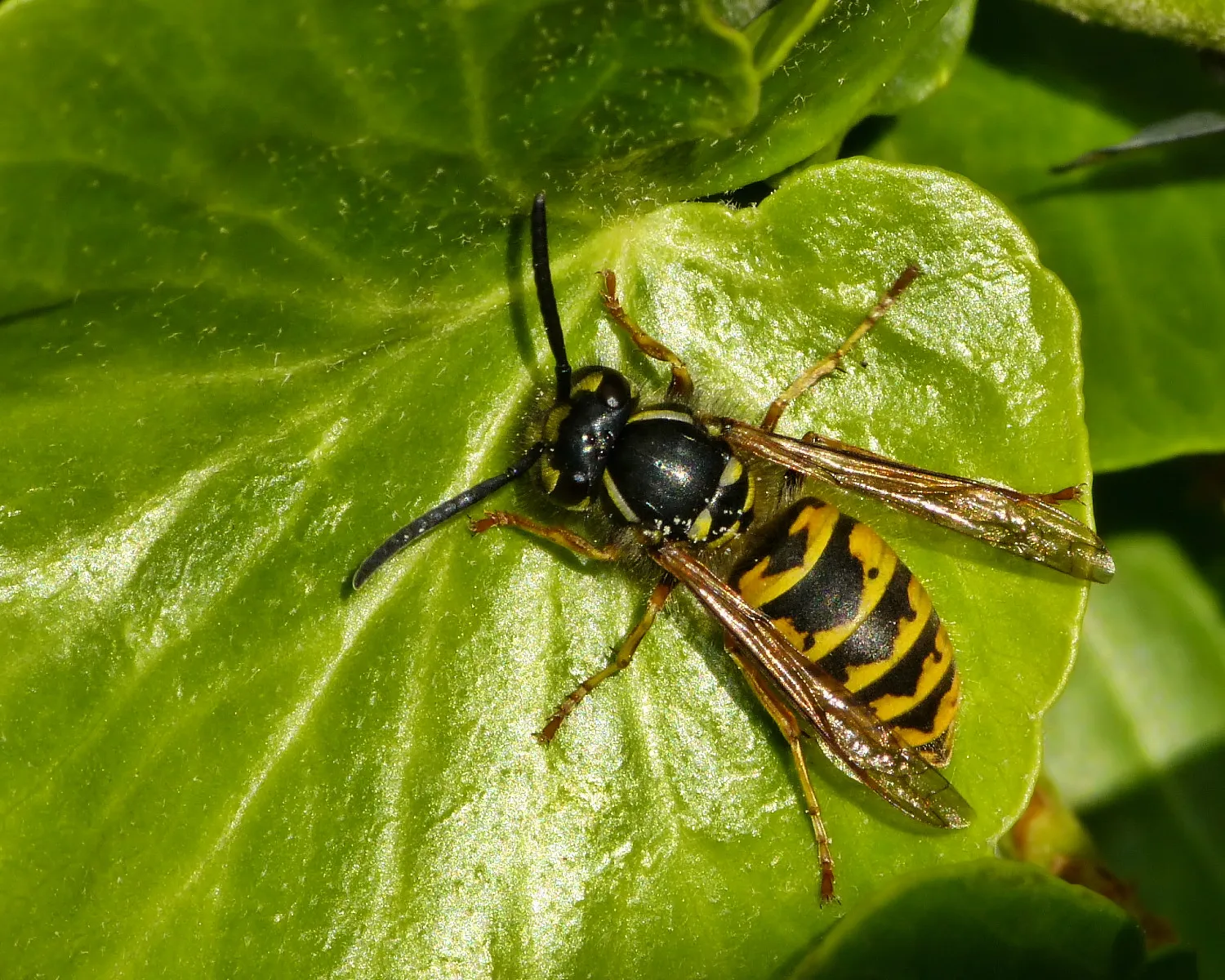
Taxonomy: Wasps belong to the order Hymenoptera, which also includes bees and ants. They are classified under the class Insecta.
Features: Wasps are characterized by their slender bodies, often with bright warning colors. They have two pairs of wings, a narrow waist (petiole), and a stinger. While some species are solitary, others form colonies with complex social structures.
Habitat/Geographic Region: Wasps are found worldwide, inhabiting various environments from forests and meadows to urban areas. They play essential roles in ecosystems, acting as pollinators and contributing to pest control.
23. Wallace’s Flying Frog:
Taxonomy: Wallace’s Flying Frog belongs to the family Rhacophoridae within the order Anura. They are classified under the class Amphibia.
Features: Wallace’s Flying Frogs have large webbed feet and skin flaps between their limbs, allowing them to glide. They are arboreal, spending most of their lives in trees. These frogs have distinct coloration, often with vibrant patterns.
Habitat/Geographic Region: Wallace’s Flying Frogs are native to Southeast Asia, including regions like Malaysia and Borneo. They inhabit tropical rainforests and use their gliding ability for efficient movement between trees.

